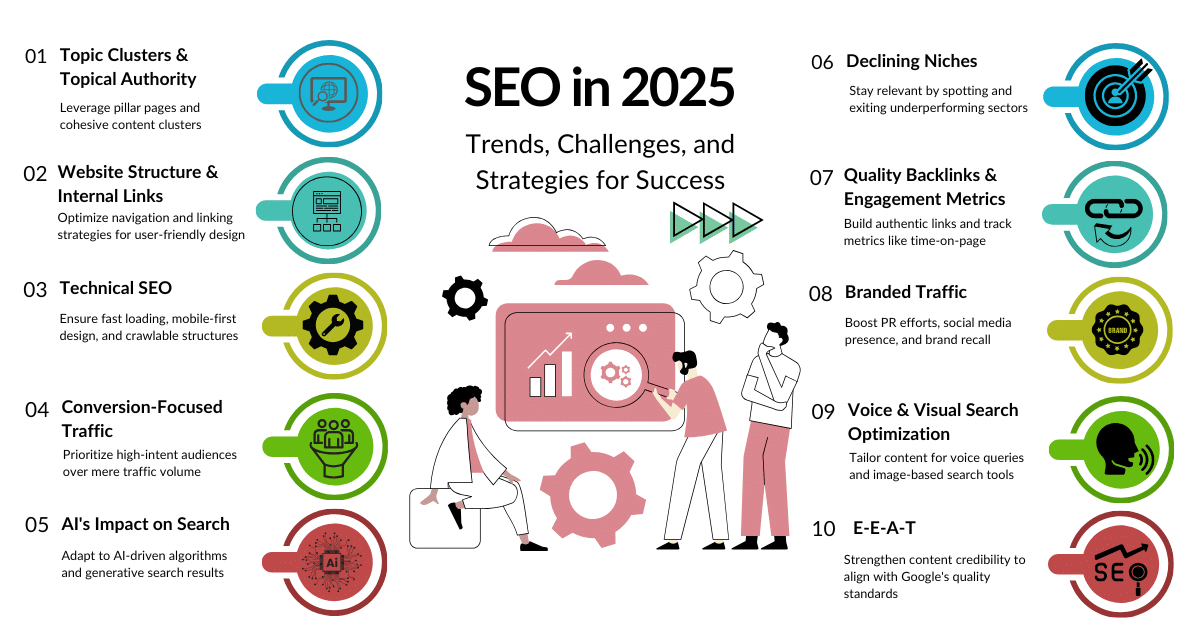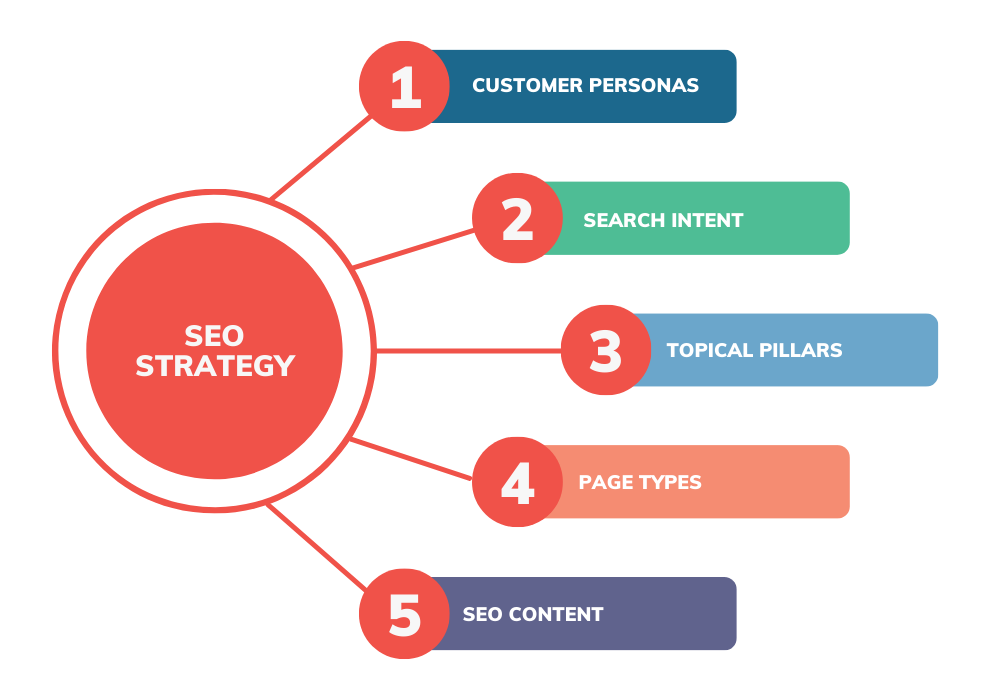Search results are more competitive than ever. As Google’s algorithm changes to focus more on user intent, content quality, and technological health, on-page SEO has become a key component in how well websites do. Industry experts and analysts say that there are a few key on-page signals that are still important, along with fresh ones that show how Google’s priorities are changing.
Title Tags Are Still the Most Important Factor
SEO experts all agree that title tags are still one of the best ways to rank a page. A short, keyword-rich title not only helps Google figure out what a page is about, but it also directly affects how many people click on it. The most recent data reveals that titles with 50 to 60 characters and keywords placed naturally work best.
Meta Descriptions Affect Click-Throughs
Meta descriptions don’t directly affect rankings, but they are significant since they affect the click-through rate (CTR). Well-written summaries, employing active language and focusing on the benefits for the user, always get more visitors. In 2025, Google records how people interact with websites, which indirectly connects CTR to ranking.
Clean Formatting and URL Structure
Google’s crawlers look at URLs to see how relevant a page is. Those with short, descriptive URLs that include main keywords do better than those with large strings of digits or arbitrary characters. Analysts say that not using stop words and keeping URLs under 75 characters makes both crawling and user trust better.
Headers Create a Content Hierarchy
Header tags (H1, H2, H3) are important for both making things easy to read and making them easy for search engines to find. Experts say that the main keyword should be in the H1, secondary and semantic keywords should go in the H2s, and the content should make sense. Structured material also makes it more likely that you will show up in featured snippets.
The Quality and Depth of Content
Everyone agrees that content is what makes rankings work. Content that is too thin or too repetitious gets pushed down. Pages that match what people are looking for, contain semantic keywords, and give full answers to questions are at the top of the results. Search engines now care more about how deep, authoritative, and clear a page is than how many times it has a keyword.
More Than the Basics: New On-Page Priorities
Page Speed and Core Web Vitals
The Core Web Vitals upgrade from Google is still affecting rankings. Sites that load quickly, stay visually stable, and let users interact with them smoothly always do better than slower sites. Mobile-first design is now non-negotiable.
Internal Linking and Site Structure
Internal links are still not used enough, yet they are quite useful. They assist search engines in figuring out how relevant a topic is by spreading authority across a page. Experts say that each page should have 3 to 5 contextual links to make it easier for search engines to crawl and keep users on the site longer.
Schema Markup and Rich Results
Structured data is now what sets things apart. Pages that use schema for FAQs, products, or reviews show up in SERPs with rich snippets, which get more clicks.
E-E-A-T: Experience, Expertise, Authoritativeness, and Trustworthiness
Author bios, references, and transparency are becoming more and more relevant as Google focuses on content credibility. Health, financial, and legal are some of the most sensitive categories. Pages linked to real specialists with clear credentials receive priority.
Image Optimization
Images that are optimized with descriptive alt text, smaller file sizes, and web-friendly formats like WebP and AVIF make websites easier to find and use. Image SEO is becoming more important as visual search becomes more popular.
Engagement Metrics
Bounce rate, dwell time, and return visits all show how well content meets consumers’ needs. Analysts say that user behavior has become an indirect component of on-page metrics, with pages that engage users performing better than those from which users quickly exit.
Expert Opinion
The five classic pillars—title tags, meta descriptions, URLs, headers, and content—are still essential. But in 2025, they work in a larger ecosystem where speed, trust, structure, and user experience are all equally important.
Aleyda Solis, an SEO specialist, said recently:
“On-page SEO is no longer just about keywords; it’s also about context, clarity, and credibility. It won’t help you rank if your page doesn’t help the user.”




